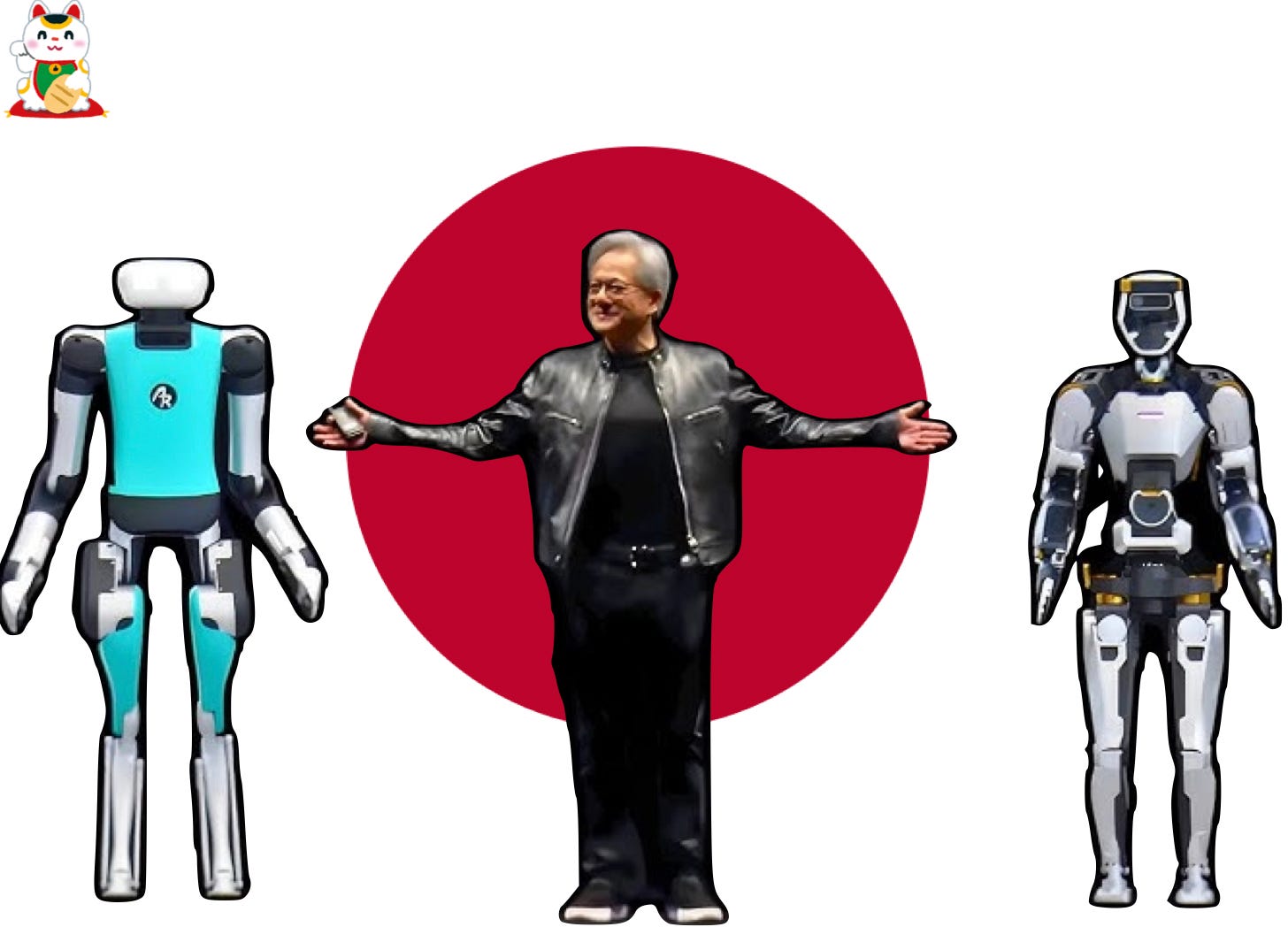Nvidia’s next big bet is Robotics: Will Japan lead that revolution?
Japan might have lost the first war of AI, but when it comes to robotics, no one has managed to outpace their expertise.
Please note: This analysis is for informational purposes only and is not intended as investment advice. Mention of specific stocks is not a recommendation to buy or sell any securities.
There’s a reason Nvidia’s Deepu Talla, VP of robotics, is practically pounding the table about physical AI and robotics hitting their “ChatGPT moment.”
As we all know by n…
Keep reading with a 7-day free trial
Subscribe to KonichiValue Japan to keep reading this post and get 7 days of free access to the full post archives.



